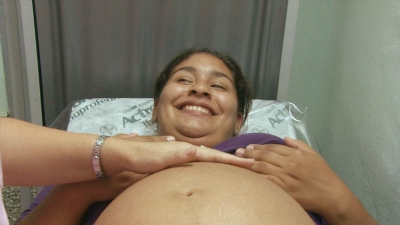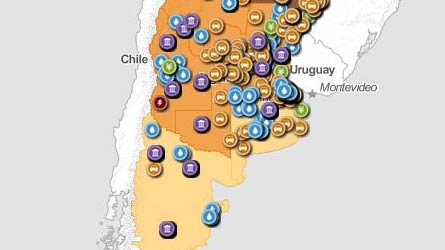Synopsis
In its first phase, Plan Nacer provided incentives to nine provinces to improve access to basic health services for vulnerable pregnant women and children. In its second phase, the Plan became nationwide (24 provinces), providing health insurance and basic services to 96% of eligible women and children. Performance-based payments were based on the number of eligible women and children enrolled and on health indicators achieved.
Challenge
Despite Argentina's recovery after the deep economic crisis of 1999-2002, many problems persisted, including low access and quality of health services for the poor. Immediately after the 2002 crisis, the percentage of the population not covered by formal health insurance had risen to 44% (from 38% in 1997). Those without formal health insurance used the public healthcare system, which had significant shortfalls in quality and in service availability. This system was financed from public funds in a traditional manner based on financing of inputs, without any link between health facility revenues and the quality of care provided.
Solution
In 2003, in response to the crisis, and with financial and technical assistance from The World Bank, the Government of Argentina developed a reform program in 2003 that included Plan Nacer, a provincial public insurance program that provides a free basic package of pre-defined cost-effective services to women and children without formal health insurance through participating healthcare providers.
In its second phase, Plan Nacer was scaled up to cover all provinces in the country. All the public providers in the provinces participated and received payments on a fee-for-service basis (conditional on quality) on top of the financing they receive from the public system on a traditional basis.
A second level of Results-Based Financing (RBF) provides payments to the provinces when they achieve certain goals, as part of a two-stage incentive mechanism.
Results
During Plan Nacer’s second phase, between 2006 and 2012, large improvements were seen in a range of health indicators among uninsured pregnant women and children. These include:
- Newborns weighing more than 2,500 grams rose from 47% to 90%.
- Pregnant women with the first antenatal care visit before the 20th week of pregnancy climbed from 23% to 67%.
- Pregnant women tested for syphilis (VDRL) during pregnancy and tetanus vaccine previous to delivery increased from 45% to 83%.
- Eligible children under 18 months old with coverage of measles vaccine or triple viral rose from 45% to 77%.
- Children aged 1 year or less, with all healthy children consultations up to date (percentile of weight and height) increased from 12% to 45%.
- A rigorous Impact Evaluation used data from six poorer provinces in northern Argentina for 2004 to 2008 and found that the program led to a 32% decrease in stillbirths and a 74% drop in in-hospital neonatal deaths for program beneficiaries that used larger maternities.
Bank Group Contribution
The second phase of Plan Nacer was supported by a Bank loan of US$300 million. This came after an earlier loan of US$135.8 million in support of the program’s first phase. In addition, the Bank provided a large amount of technical assistance to the program and was closely engaged on the ground. Most of the Bank’s team consisted of country-based staff who engaged constantly with the Government team.
Partners
A distinguishing feature of Plan Nacer is its implementation in the context of a federal system, requiring partnerships and annual negotiations between the 24 provincial governments and the National Government. The Bank was also a key partner and was closely engaged on the ground with the Plan’s implementation.
Moving Forward
Plan Nacer has now been succeeded by Plan Sumar, which includes additional population groups: children and youth up to the age of 19 and women between the age of 20 and 64 that are uninsured. Financial sustainability is not an issue, given that Plan Nacer cost only about 1% of total provincial public health spending on average.
Beneficiaries
The beneficiaries of Plan Nacer consisted of all pregnant women and children under the age of six.
Analia, 21, a native of Chaco Province (one of the poorest in the country), and a beneficiary of Plan Nacer, says: "Since I was pregnant, I have been going to the Villa Libertad Health center. The attention I received was always very good. I would come in the mornings and I would see the doctor. I then developed high blood pressure, and I was referred to Perrando Hospital. My daughter Eugenia was born prematurely, but she was very healthy.”



